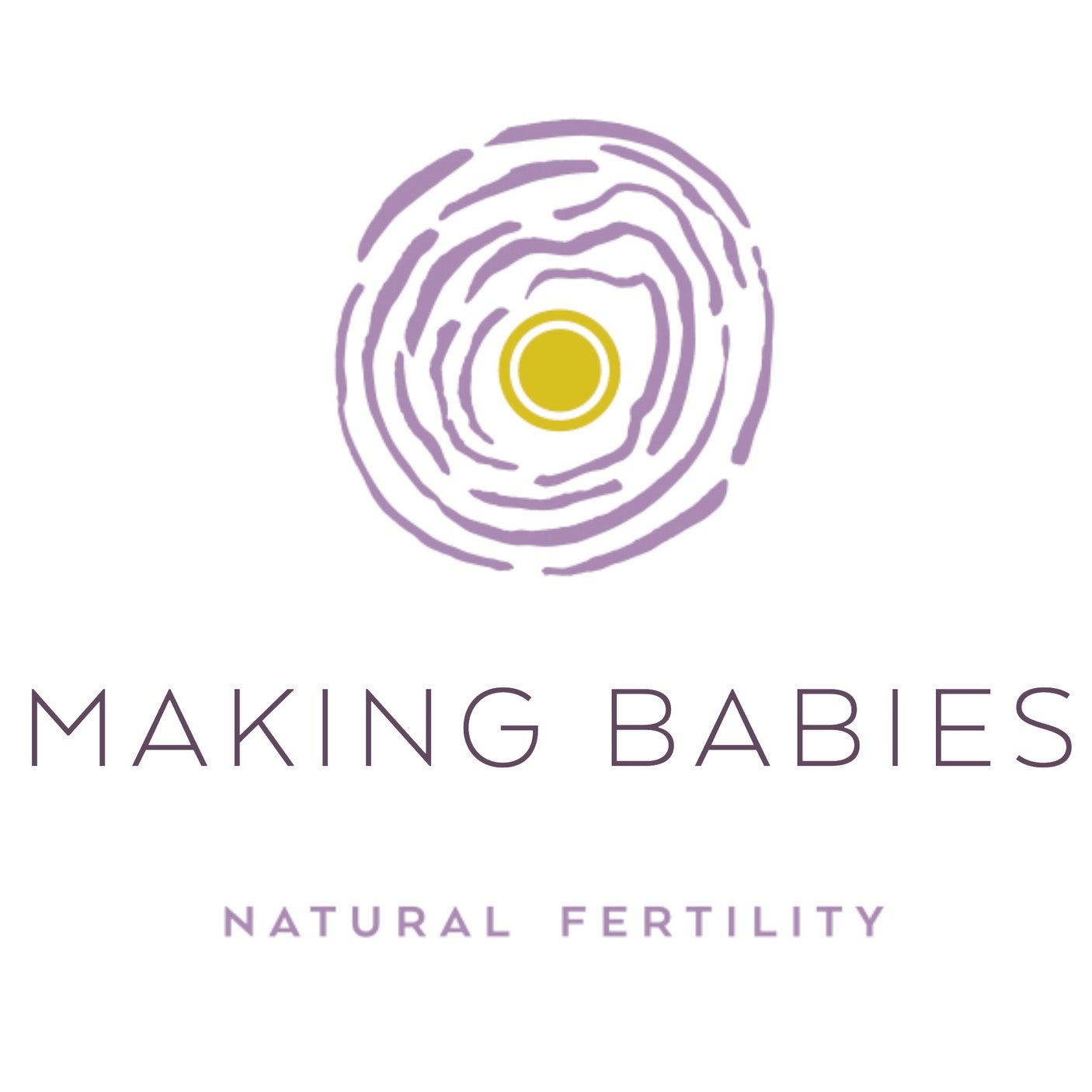#3 Body Literacy: How to chart your body temperature to boost your chances of conception
Detecting ovulation with a BBT chart to determine your fertile days can make conception faster, easy and inexpensive.
Your ‘basal body temperature’ is your temperature at complete rest. What has this got to do with fertility and ovulation you may ask? Plenty, because a healthy cycle will be biphasic, having a cooler follicular phase driven by estrogen followed by a slightly warmer luteal phase driven by progesterone. We are talking about half a degree, but a distinctive pattern can be seen through charting. Ovulation produces the corpus luteum, as part of the egg structure, which then produces progesterone throughout the rest of the month. If no pregnancy has occurred progesterone and estrogen drop away to produce a period.
By recording information it becomes easy to predict ovulation and the onset of periods, identify periods of natural infertility, follow each cycle as it unfolds, discover menstrual irregularities, detect possible causes of infertility, confirm early pregnancy and recognise the approach of menopause.
You need a thermometer, kept bedside as taking your temperature is done first thing in the morning, hopefully within a half-hour time frame each morning adding reliability to the charting. A flu or illness may affect results as well as a late night, but remember we are looking for overall trends rather than sudden spikes throughout the month. One dip followed by a spike mid-cycle will herald ovulation within the next 24 hours. A great time for sex! After seeing 3 higher consecutive temperatures in a row you can assume that ovulation occurred the day before the first higher temperature. If using a Fahrenheit thermometer it needs to be to the tenth degree (98.6), and to the hundredth degree of Celsius (37.00). A BBT chart can easily be downloaded, and there are a variety of fertility calendars and apps available, many of which are free.
Tracking cervical mucus (CM), as discussed in the previous blog, along with charting your BBT will provide greater insight into your cycle. BBT can only tell you have ovulated after the event, whereas cervical mucus can tell you when you are about to ovulate.
The combination of tracking signs and symptoms is known as the Sympto-thermal method for fertility management and the most common combination is BBT with CM methods.

